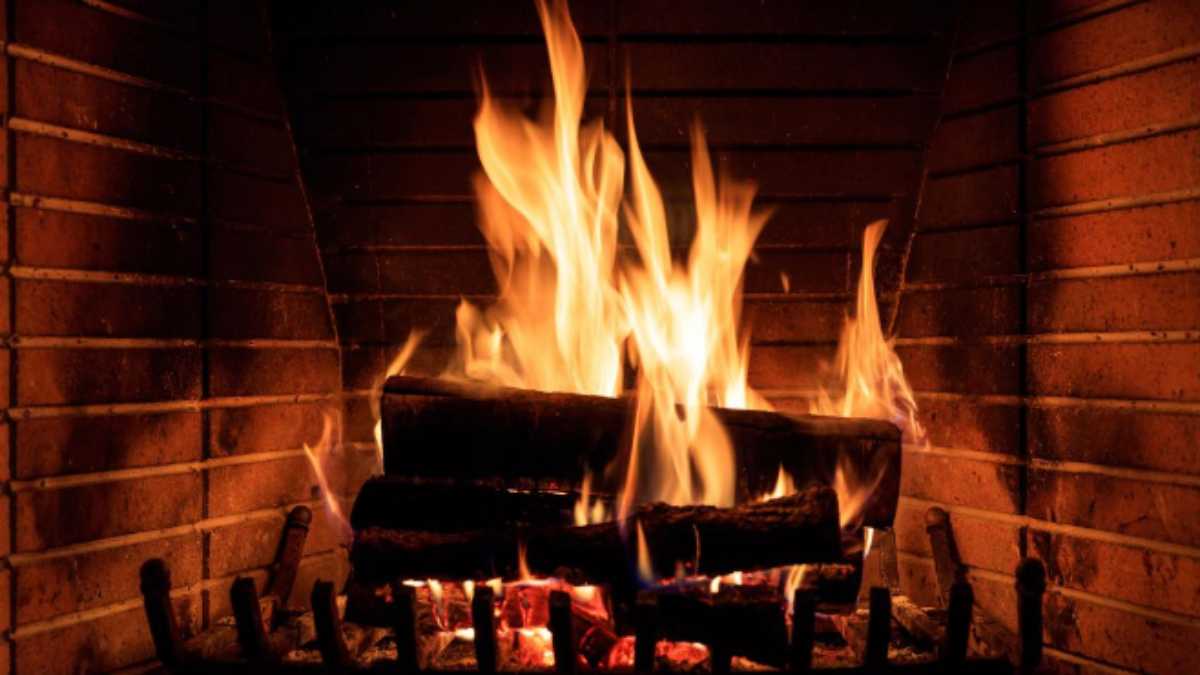Introduction
Are creosote logs toxic? Many homeowners who use fireplaces or wood stoves ask this question when choosing firewood. Creosote is a substance that forms when wood burns incompletely. While creosote buildup inside chimneys is a known fire hazard, the toxicity of creosote logs themselves is less understood. This article explores the dangers of creosote logs, their impact on health, and safe practices for burning firewood in your home.
What Are Creosote Logs?
Creosote logs refer to wood or manufactured logs that contain or produce creosote when burned. Creosote is a tar-like, oily substance that results from the incomplete combustion of wood. It accumulates inside chimneys as sticky black deposits and can cause chimney fires if not cleaned regularly.
Why Do Creosote Logs Form?
When wood burns at low temperatures or with insufficient oxygen, creosote forms as a byproduct. The colder smoke condenses on chimney walls, creating layers of creosote buildup. Weather conditions, moisture content in wood, and burning habits affect how much creosote accumulates.
Are Creosote Logs Toxic to Humans?
The short answer is yes. Creosote contains harmful chemicals such as polycyclic aromatic hydrocarbons (PAHs), phenols, and other volatile organic compounds. These substances can irritate the skin, eyes, and respiratory system. Long-term exposure to creosote fumes may increase the risk of serious health problems, including cancer.
Health Risks of Burning Creosote Logs
Respiratory Irritation and Illness
Breathing in creosote smoke or fumes can cause coughing, wheezing, and difficulty breathing. People with asthma or lung conditions are especially vulnerable.
Skin Contact Hazards
Handling creosote-coated wood or soot can cause skin irritation or allergic reactions. Protective gloves are recommended during chimney cleaning.
Toxic Chemical Exposure
The carcinogenic chemicals in creosote pose long-term health risks if inhaled regularly or in large amounts. This risk underscores the importance of proper chimney maintenance.
Fire Safety Concerns with Creosote Logs
Creosote buildup inside chimneys is highly flammable. It can ignite suddenly, leading to dangerous chimney fires that may spread to the home. Using creosote logs or burning wood that produces excessive creosote increases this risk.
How to Reduce the Risks of Creosote Logs
Use Seasoned Firewood
Dry, seasoned hardwood produces less creosote. Avoid burning green or wet wood.
Maintain Your Chimney
Regular chimney inspections and cleaning prevent hazardous creosote buildup.
Burn Hot Fires
Hotter fires create less creosote. Avoid smoldering fires with low oxygen.
Avoid Manufactured Creosote Logs
Some manufactured logs contain added chemicals that increase toxicity and creosote production.
Safe Alternatives to Creosote Logs
Consider using kiln-dried firewood or eco-friendly firelogs made from compressed sawdust. These options produce less creosote and fewer harmful emissions.
Environmental Impact of Creosote Logs
Burning creosote logs releases pollutants harmful to outdoor air quality. PAHs and particulate matter contribute to smog and respiratory diseases in nearby communities.
Signs of Excessive Creosote Buildup
Black, flaky deposits on chimney walls, strong smoky odors, and reduced draft are warning signs. Professional chimney sweeps can assess and clean buildup safely.
What to Do if You Suspect Toxic Exposure?
If you experience respiratory symptoms or skin irritation after burning creosote logs, ventilate your home immediately. Consult a healthcare provider for persistent issues.
Conclusion
Are creosote logs toxic? Yes, they can be hazardous to your health and home safety if not managed properly. Understanding the risks and following safe burning practices helps protect your family and chimney. Always use seasoned firewood, maintain your chimney, and avoid logs that increase creosote buildup. Prioritizing safety will ensure cozy, healthy fires all winter.
FAQ Section
Are creosote logs safe to burn inside a fireplace
Creosote logs are not safe because they increase creosote buildup, which poses fire and health risks.
What happens if creosote catches fire in a chimney
A chimney fire can cause extensive damage to your home and is very dangerous.
How often should I clean my chimney to prevent creosote buildup
It is recommended to clean your chimney at least once a year or more if you burn wood frequently.
Can creosote logs cause cancer
Yes, long-term exposure to creosote chemicals increases cancer risk.
Is creosote toxic to pets
Yes, pets can be affected by creosote fumes and soot, so keep them away during and after burning.
What is the best firewood to use instead of creosote logs
Seasoned hardwood like oak or maple is best for reducing creosote buildup.
Can burning creosote logs affect indoor air quality
Yes, it releases harmful chemicals and particulates that reduce indoor air quality.
Are manufactured firelogs safer than creosote logs
Some manufactured logs are safer, but check labels for added chemicals that may increase toxicity.
